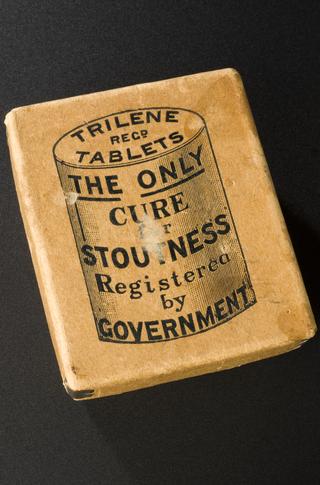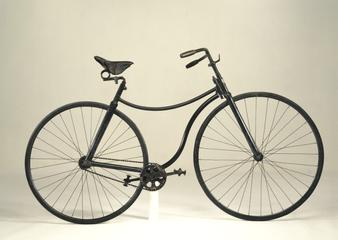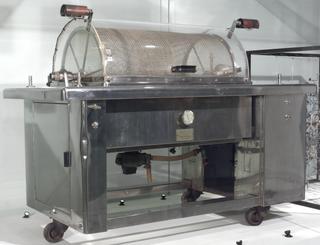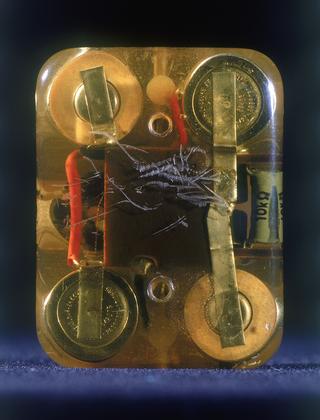
Red Cross fund-raising brooch made from Zeppelin wire, 1917.
- Made:
- 1916-1917


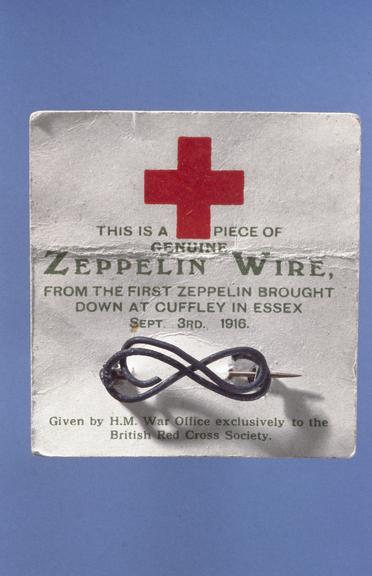

Brooch made of wire from the first Zeppelin airship shot down over England during the First World War, which crashed near the Hertfordshire village of Cuffley on 3rd September 1916, mounted on card by the British Red Cross, and intended to be sold for fund-raising purposes, 1916-1917.
The bombing of British towns and cities during the First World War, while nothing like the scale of the Second, had a profound impact on the civilian population. The raids began in January 1915 and the bombs dropped then and in subsequent months were mostly from huge metal-framed airships. The Zeppelin company was not the only builder of such craft, but in Britain all German airships were commonly referred to as ‘Zeppelins’. The airships were fully visible to those below but flew at altitudes that British fighter planes struggled to reach. Even if they were engaged, the bullets fired had little effect beyond minor gas leaks.
The arrival in 1916 of newly developed bullets which could ignite the hydrogen gas-filled airships changed this situation. During a night raid of the 2-3 September 1916, a Zeppelin en route to London was shot at by a plane flown by Lieutenant William Leefe Robinson. The hydrogen gas was ignited and the airship, with the identifier SL 11 and actually made by a rival German company Luftschiffbau Schütte-Lanz, crashed near the Hertfordshire village of Cuffley. There were no survivors from the crew.
This event was a huge morale boost to the public and the crash site at Cuffley became a site for both the curious and for souvenir hunters. To take advantage of this national interest material from the crashed airship was sold to raise funds for wounded and convalescing British soldiers. This example of a piece of wire fashioned into a brooch was sold on behalf of the British Red Cross.
Details
- Category:
- Therapeutics
- Object Number:
- 1988-383
- Materials:
- wire, steel, ? material and card, cardboard
- type:
- brooches
- credit:
- Rare Medical Books
